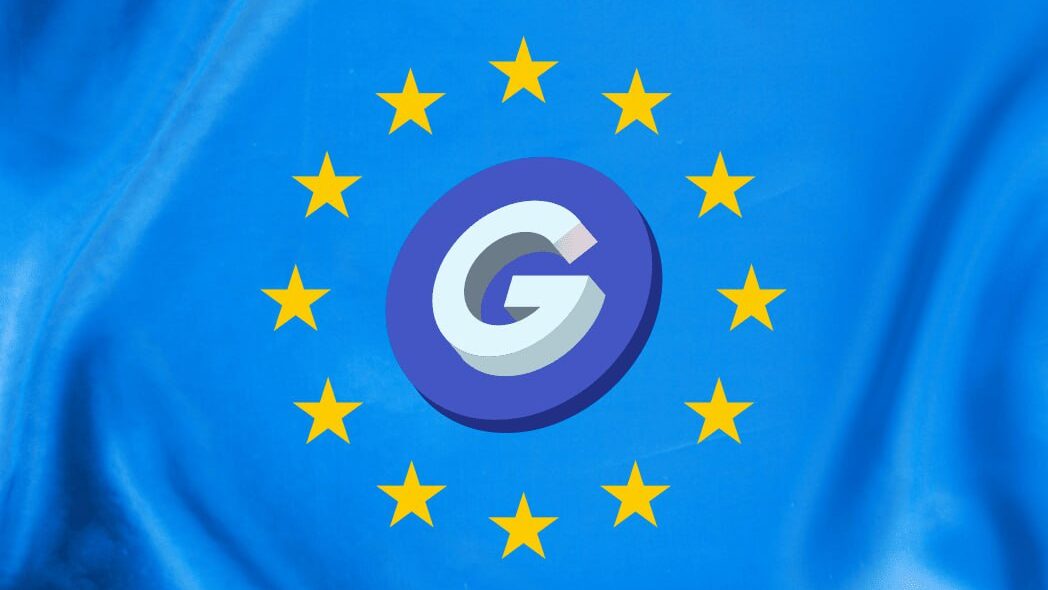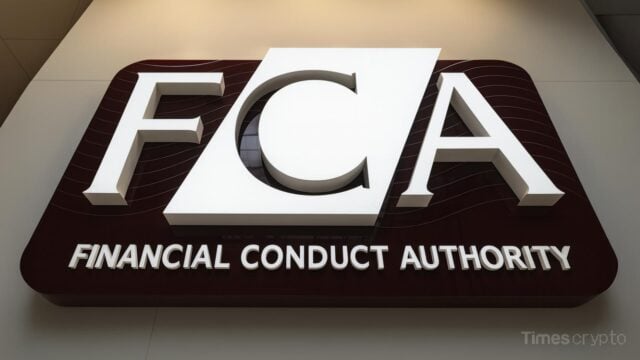Key Takeaways
- License Mandate: Crypto ads on Google now require MiCA/CASP compliance, blocking unregulated players.
- Cost Barriers: Compliance fees up to €150,000 could squeeze small startups out of the market.
- Shift to Alternatives: Expect a surge in crypto marketing via influencers and niche platforms.
The New Rules: A Double-Edged Sword for Crypto
Starting April 23, Google will enforce the EU’s Markets in Crypto-Assets (MiCA) regulations for all crypto-related advertisements in Europe. This means any crypto exchange, wallet provider, or token project advertising on Google must now:
- Hold a MiCA or Crypto Asset Service Provider (CASP) license.
- Display clear risk warnings in ads (e.g., “Crypto investments may lose value”).
- Pass Google’s certification process, adding another layer of scrutiny.
The policy spans all 27 EU nations, including major markets like Germany, France, and Italy.
Why This Hurts Small Crypto Players
The costs are frightening for crypto startups. Fees for compliance with MiCA, range from €15,000 to €150,000, which is intimidating for firms still trying to find their footing. For some, this could result in a “two-tier system” where token giants like Binance or Coinbase can pay these fees, and innovators are sidelined.
The 7-day grace period Google gave before making advertising suspension accounts for non-compliance does not help either.
The Rise of Shadow Marketing
With Google’s gates closing, crypto firms are pivoting to:
- Influencers: TikTok and Instagram creators bypass ad regulations via “organic” posts.
- Community Hubs: Discord and Telegram groups host unmoderated project pitches.
- Crypto-Native Platforms: Sites like Decrypt or The Block gain ad revenue as Google exits.
But risks persist: Unregulated spaces may see a spike in scams, countering MiCA’s investor protection goals.
Big Brands, Big Advantage
Established players are leveraging the shift. Coinbase recently launched an EU-focused ad campaign highlighting its MiCA compliance, while Binance added risk disclaimers to its Google ads.
Regulatory clarity also attracts institutional investors. BlackRock’s recent EU crypto fund cited MiCA adherence as a key factor, signaling growing mainstream confidence.
What’s Next? A Fragmented Future
While MiCA seeks to harmonize crypto regulation in the EU, delays at the national level to issue licenses leave gaps. For example, Poland’s transition period lasts six months longer than Germany’s, which has allowed some companies to exploit these gaps.
Critics point out that Google is just “protecting their liability, not users.” However, for the average retail investor, fewer ads on Google may lead to fewer impulsive trades – it could be a positive step in an unpredictable environment.
Conclusion: Safety vs. Innovation
The MiCA enforcement of Google is a watershed moment. For consumers, it means safer investments. For startups, it means a barrier that may extinguish their creative fire. In the world of crypto, European stakeholders are at a crossroads – adapt to the rules and engage with them, or exit into darkness. One thing’s certain—Europe’s crypto ads will never be the same.







